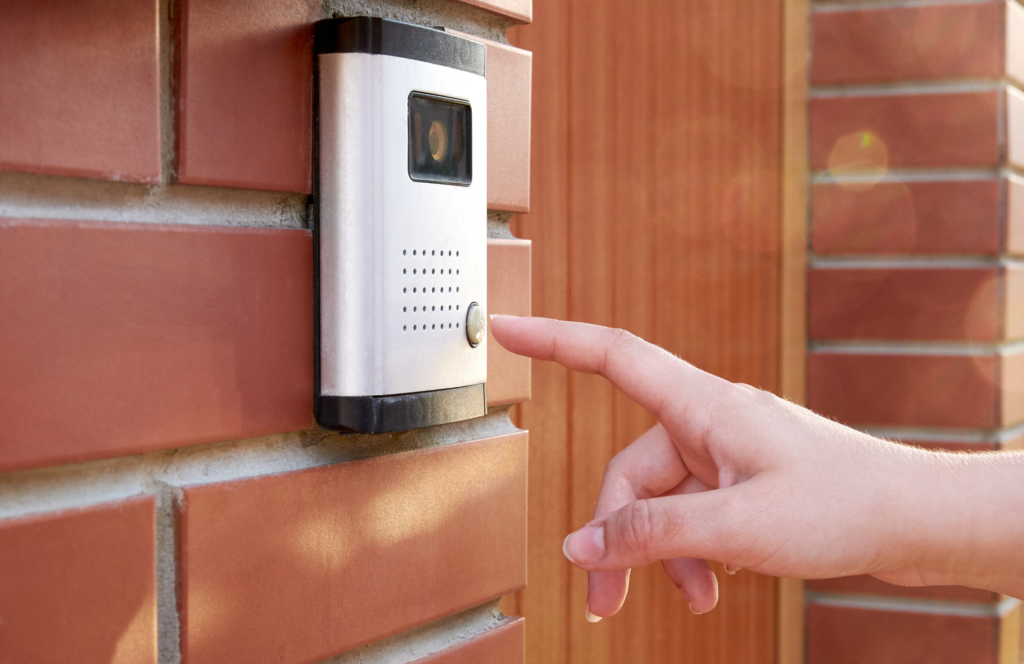
Understanding the feedback from potential buyers is like unlocking the secret to a successful sale. Let’s delve into some common feedback scenarios and what they might indicate:
1. Mechanical Concerns: “The furnace (or some other large ticket mechanical item) is old.” This feedback often hints at worries about future expenses. Buyers fear investing in a property that might require costly repairs down the line. Addressing these concerns could involve reassuring buyers or considering upgrades to ease their worries.
2. Layout and Space Perception: Now, consider comments about the floor plan not meeting expectations or rooms feeling smaller than anticipated. This feedback reveals a mismatch between perception and reality. Ensuring that your listing accurately reflects the property’s layout and dimensions can make a significant difference. Sometimes, simply updating photos or rearranging furniture can provide a clearer picture of the space.
3. Cleanliness and Odors: “The home smells funny” or “You can tell they have pets.” This feedback underscores the importance of smell. Air fresheners are not always the answer. Deep clean your home (you may want to consider a professional carpet cleaner vs. doing it yourself) and get rid of air fresheners. Many times they do more harm than help.
4. Renovation Needs or Decor Preferences: Feedback indicating that the property needs more work than expected or disliking specific design elements like wallpaper. This feedback suggests a perceived lack of value. Considering minor renovations or adjusting the listing price might help bridge the gap between expectations and reality.
5. Location and Surroundings: Lastly, think about negative comments regarding the neighborhood or nearby amenities. These remarks highlight the significant impact of location on buyer perception. While you can’t change the location, being transparent about any potential drawbacks in your listing can manage expectations and attract more suitable buyers.
Understanding buyer feedback is key to gauging the perceived value of your home. If feedback consistently fails to translate into offers, it may signal a need for adjustments in one of three key areas:
- Location: If the property’s location presents challenges, managing expectations through clear communication becomes essential.
- Condition: Ensuring that your home is well-maintained and addressing any issues that deter buyers can significantly enhance its appeal.
- Price: Ultimately, if the market response suggests that the listing price doesn’t align with perceived value, adjusting the price accordingly can attract more interested buyers.
As your listing agent, I’m dedicated to interpreting buyer feedback and collaborating with you to optimize your home’s appeal. Remember, feedback from agents/buyers can be an opportunity for improvement and brings you closer to a successful sale.










